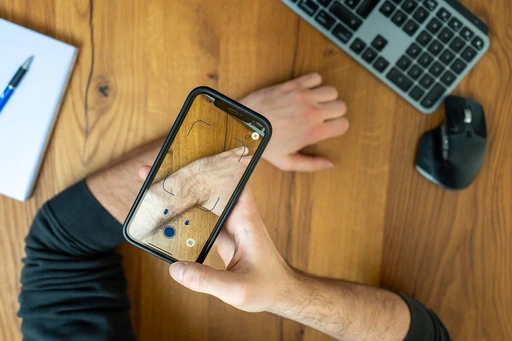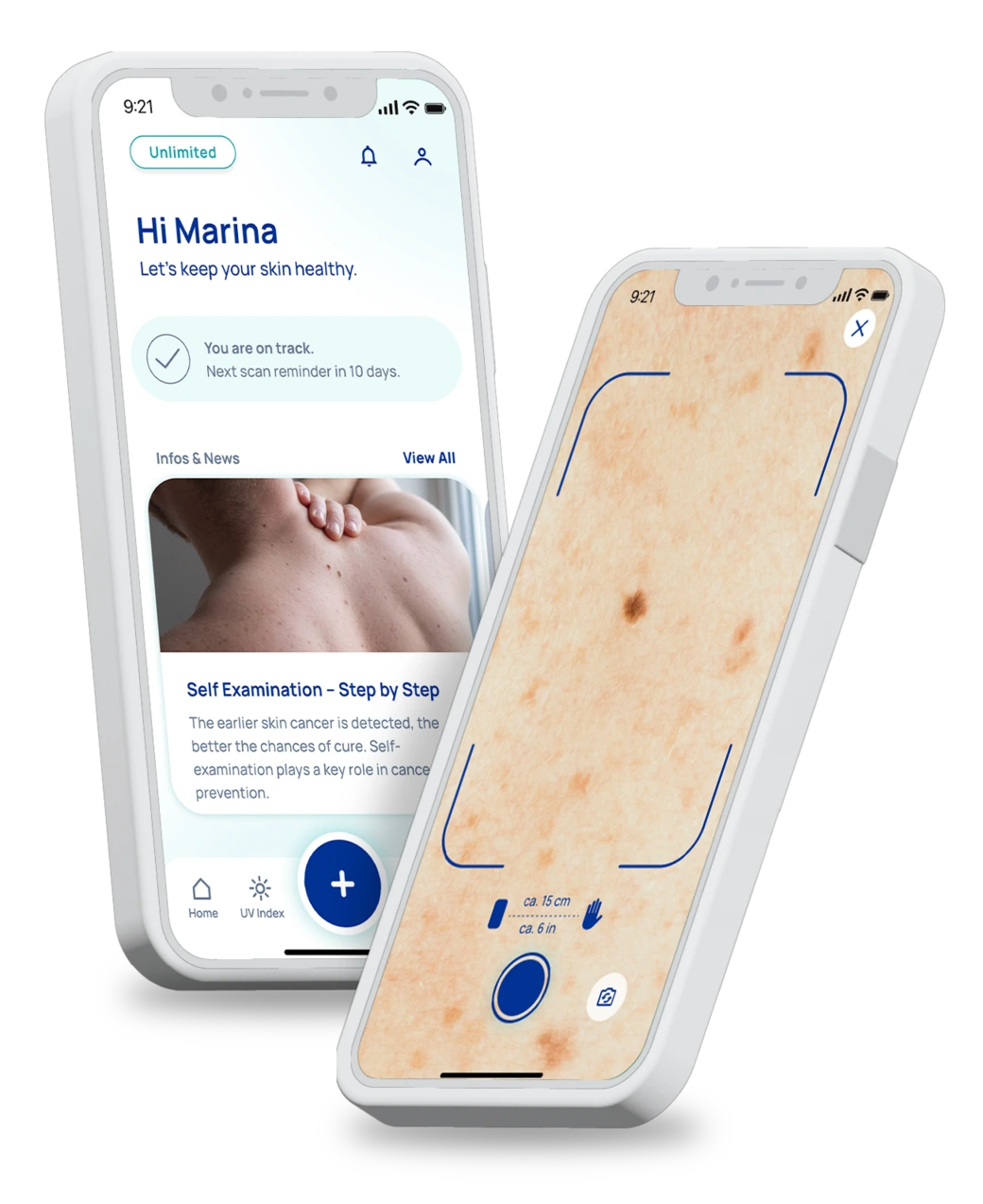
In summer, the number of people working primarily outdoors increases. These individuals face a higher risk of developing skin cancer because they are particularly exposed to harmful UV radiation. Intensive and long-term occupational exposure to natural UV radiation is associated with an increased risk of skin cancer. Construction workers, roofers, sewer workers, farmers, and gardeners, in particular, are continuously exposed to UV rays. The annual UV exposure of these workers is often three to five times higher than that of employees who work indoors. As a result, these individuals face a higher risk of skin cancer, and in Austria and Germany, skin cancer is recognized as an occupational disease.
Employers are now required to protect their employees from excessive solar UV radiation or to reduce it as much as possible through protective measures. Studies show that sun protection is often insufficient in so-called outdoor occupations. For outdoor workers, skin cancer can be well prevented if appropriate UV protection measures are implemented and enforced.
Technical Protective Measures
Organizational Protective Measures
Personal Protective Measures
Experts also recommend mandatory annual skin cancer screenings for people who work extensively outdoors. Technical UV protection measures include protective tents, sunshades, or sun sails that provide shaded workspaces outdoors. To avoid working in the intense midday sun, work should be organized differently — for example, carrying out façade work on the shaded side during peak UV hours. If technical or organizational measures are not sufficient, personal UV protection measures must be taken. These include wearing full-coverage clothing, headgear, covering the neck, nose, and ears, and applying sunscreen with at least SPF 30 to all skin areas that cannot be covered.
Protect your skin especially well if you work outdoors for several hours every day. You only have one skin for life!
